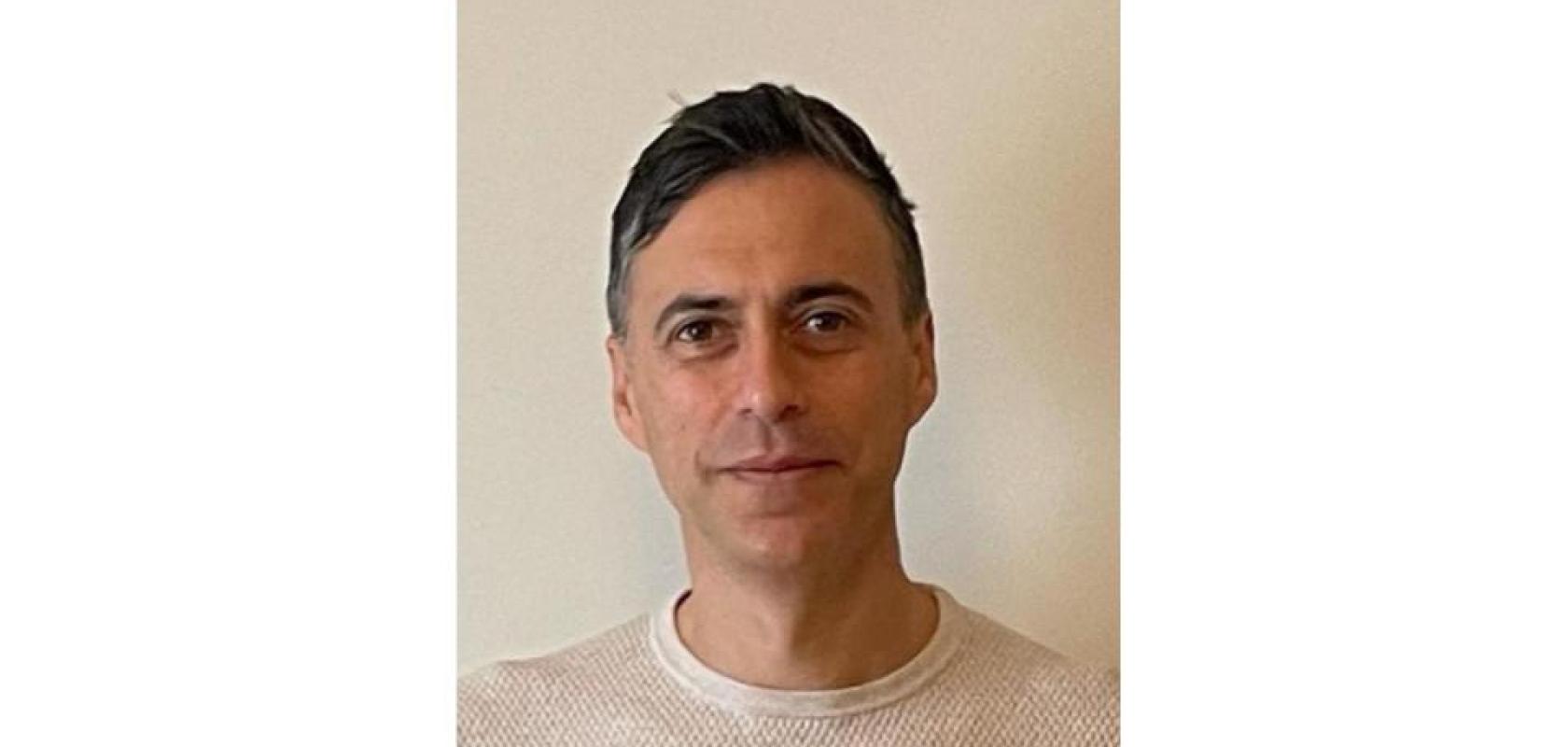With rural areas in Europe still lacking FTTH connectivity in many places, José Luis Gonzalez, Network Architect at CommScope offers advice to network operators as they seek to remedy the situation and face particular challenges in the process.
What must network operators do differently for rural deployments compared to urban?
Network operators need to take into consideration that CapEx per home-passed is significantly higher in these regions. This is mainly because the distances between homes are greater, which means incremental increases in budget for everything from materials to labour.
Then, in terms of network planning, quite a few things must change, for both active and passive material. For example, in the case of active equipment, the use of active cabinets saves a lot of CapEx, compared to the use of shelters or buildings.
In the case of passive connectivity, using different topologies—like taps—can provide big savings in cable and installation. But also, opting for a distributed split architecture is much better than using concentrated splitting due to the reduced cabinet requirements involved.
What are the biggest challenges for operators when it comes to deploying fibre in rural areas?
The main challenge is finding the return on investment (ROI) justification to make the deployment feasible. In very low-density areas, this can be difficult. However, in small villages or farms separated by less than 100 – 150m, the ROI can work out quite well.
Selecting the right technology for connectivity is also important. In rural areas, weather hazards are an important factor, since there are more poles and boxes that are exposed to the elements. Successful rural deployments today in EMEA have demonstrated that going for the right technology, such as hardened connectivity, or minimum splicing, can have a big benefit.
What strategies can operators employ to help overcome these challenges?
One of the most important strategies is selecting the right network topology and the right technology, for both active and passive infrastructures.
Both elements (actives and passives) should be considered in a completely different way from urban conditions if the objective is to minimise CapEx, OpEx and have a reliable network. Otherwise, it can be like selecting an expensive luxury sedan car to travel on a rough, muddy road. It will get the job done, but is not the appropriate car and the results can be messy.
Looking at the current skill shortage in particular, how can operators leverage technology to counteract a shortage of talent?
Pre-cabled terminals and preconnectorisation have demonstrated their value over the past years in EMEA and been shown to be the right way forward. Preconnectorisation in very rural deployments has meant reducing the amount of splicing by more than half.
Operators can additionally benefit from using hardened connectivity that avoids opening boxes. When a box is repeatedly opened to activate customers, there are two very common consequences; first, the box will remain open over time and, second, it’s very common that repeated access results in a messy, disorganised box with poorly-routed fibres creating a nest of fibre cords.
How can operators make sure that their rural networks are truly future-ready?
I’d give the same advice here as I would when it comes to deployment: by using the right technology. In the case of passive connectivity, this involves using hardened connectivity, which is currently available from a number of different suppliers, and hardened connectivity infrastructure has connected literally tens of millions of homes Europe in recent years.
How is CommScope helping network operators successfully deploy rural FTTH networks?
At CommScope, we have the privilege of having the complete set of solutions, from A to Z, so we can really work towards trying to optimise the network with the operator from end to end. Part of our innovation process is working toward technical solutions that optimise CapEx, and at the same time deliver a long-lasting, reliable network.
Sometimes one technology and network topology will be the best solution; sometimes it will be a different one. This depends on demography, the business case of the operator, infrastructure availability and the conditions within the country.
How can operators get in touch with you to find out more?
We have a presence at all the major industry trade shows, such as the, ANGA COM, Connected Britain and the FTTH Conference.
Outside of those events, we have a team of Network Architects and Field Applications Engineers that are daily facing fibre network challenges, with vast experience built on more than 15 years of network deployments in EMEA. These experts are always ready to support network operators. Operators can reach us via www.commscope.com to for the relevant contact in their country, or they can drop us an email at europemarketing@commscope.com.
© 2024 CommScope, LLC. All rights reserved. CommScope and the CommScope logo are registered trademarks of CommScope and/or its affiliates in the U.S. and other countries. For additional trademark information see https://www.commscope.com/trademarks. All product names, trademarks and registered trademarks are property of their respective owners.


